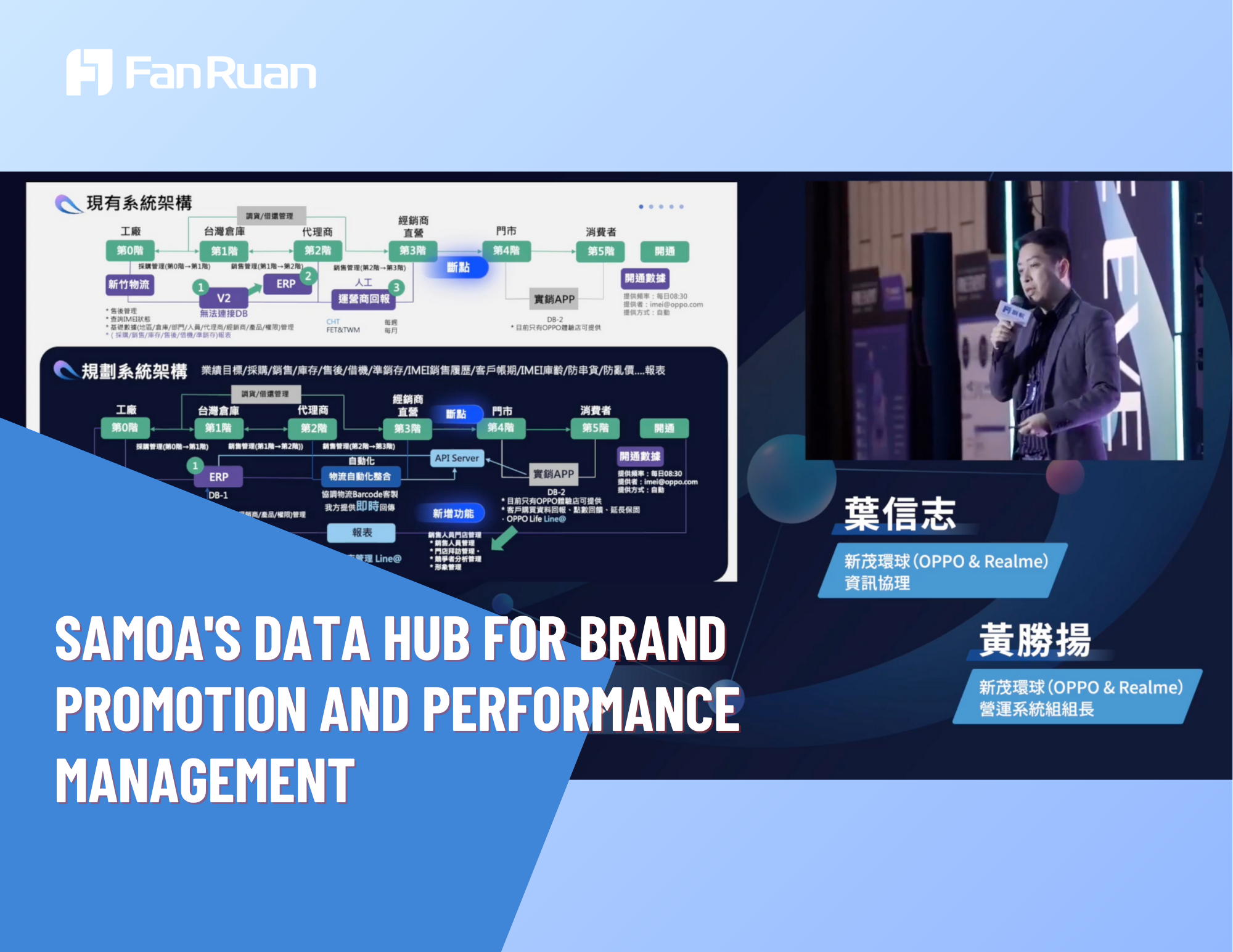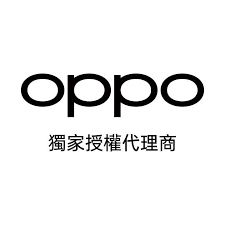Since becoming the exclusive distributor for OPPO in Taiwan in 2014, SAMOA quickly rose to rank among the top three in the market within just four years. The company rapidly expanded to multiple international operational sites, representing brands such as OPPO and realme across key markets including India and Nepal. This rapid expansion posed significant challenges in system development and data management. To support a scalable and replicable business model, the IT department and operations systems team jointly launched a transformation initiative by implementing FineReport, gradually building a unified, real-time, and transparent intelligent management system across borders.
Project Kickoff: From Data Chaos to a Governance Blueprint
? Amid rapid growth, Xinmao Global faced data silos and reporting inefficiencies.
In its early stages, the company focused heavily on market expansion, with little to no foundational IT infrastructure. As the business scaled and systems such as ERP, CRM, rebate platforms, and custom-built apps were rolled out, reporting issues began to surface:
Sales reports lacked consistent formats and definitions, leading to conflicting conclusions across departments
Data sources were fragmented across systems, requiring manual integration
Branch performance couldn’t be uniformly calculated, and personal-level precision was lacking
Bonus calculations were delayed, and performance validation was time-consuming
Executive decisions relied on manually compiled Excel sheets, undermining timeliness and reliability
Driven by these challenges, the IT department launched a data decision-making system initiative, guided by the belief that “data governance is operations governance.” The project aimed to: integrate data sources, unify reporting logic, enhance decision-making efficiency, and eliminate blind spots.
Six-Phase Implementation: From Report Consistency to Automated Performance Calculations
? The project was broken into six key phases, progressively expanding in both depth and scope of governance.
The initiative has completed five of six phases to date, covering reporting, goal management, bonus systems, and visual dashboards:
Standardizing Real Sales Recognition
Introduced structured forms and a web-based POS interface to replace fragmented store-level reporting. Integrated with the rebate system to boost compliance and engagement.Unifying Report Formats and Logic
The IT team led the design of cross-department reports, using standardized logic based on performance, targets, product models, and channels—completely eliminating rework.Automated Performance Target Breakdown and Settlement
The once manual and subjective bonus calculation system is now fully automated, breaking down and settling goals from region to supervisor to individual.System Integration of Data Sources
Integrated heterogeneous systems including the Rebate system, V2, and Sales App to reduce manual imports and avoid version inconsistencies.Visual Reports and Management Dashboards
Built multi-level dashboards using FineReport to track key metrics such as SO/ST achievement rates, sales performance by product/channel/region, staff efficiency, and bonus coefficients—enabling real-time decision-making.Data Automation and Group-Level Architecture (Upcoming)
Currently, data is still manually imported. The next step is for the IT team to develop API integrations, enabling automated data flows and synchronization between business systems and reporting platforms. In parallel, groundwork will be laid for group-level data governance, setting the technical foundation for global scalability.
Building a “Zero Gray Zone” Performance and Bonus System
? Systematization brings consistent logic and transparent performance governance, eliminating all gray areas
Previously, performance accounting involved many ambiguities—supervisors could manually adjust data, leading to over- or underestimation of certain employees’ achievements. With the implementation of FineReport, the entire process—from goal setting → sales recognition → settlement → coefficient distribution → reconciliation and audit—is fully systematized, establishing a unified logic and auditable system.
Bonus evaluation is composed of points, achievement rates, and indicator coefficients; the total score directly corresponds to the bonus coefficient.
Goal setting and channel weight are now system-calculated, eliminating the need for manual conversions.
Report access permissions are tiered by role: executives can quickly access key indicators, while frontline staff focus on task reporting.
Retail and Field Data Incorporated into the Governance System
? From the sales floor to supervisory management, reports have become the data hub of retail governance
In addition to operational and financial data, Xinmao Global developed a retail management system, integrated with FineReport to consolidate and monitor data:
Supervisory tasks (check-ins, photos, competitor collection) are dispatched via a backend task system.
On-site data is uploaded in real-time, automatically generating patrol reports and weekly sales summaries via FineReport.
A unified platform provides photo verification, IMEI uploads, and store sales logs, improving data integrity and auditability.
This integration allows senior executives—who previously had to navigate multiple systems—to make quick, accurate decisions all within a single platform.
Establishing Cross-Market Decision-Making Standards: From Local Breakthrough to Global Deployment
? Taiwan’s experience becomes a model for group governance, paving the way for global replication
The project has successfully completed application verification in the Taiwan region, and is now being prepared for rollout to global agencies and subsidiaries. Starting in 2024, the group’s IT team will begin full evaluations; if successful, 2025 will mark the start of official global expansion, establishing a unified decision-making foundation at the group level.
From chaotic reports and inconsistent performance metrics to automated, visualized decision-making, SAMOA, powered by FineReport, has successfully integrated dispersed systems, reduced redundant work, and built trust—paving a tailored path for data governance in high-growth enterprises.



